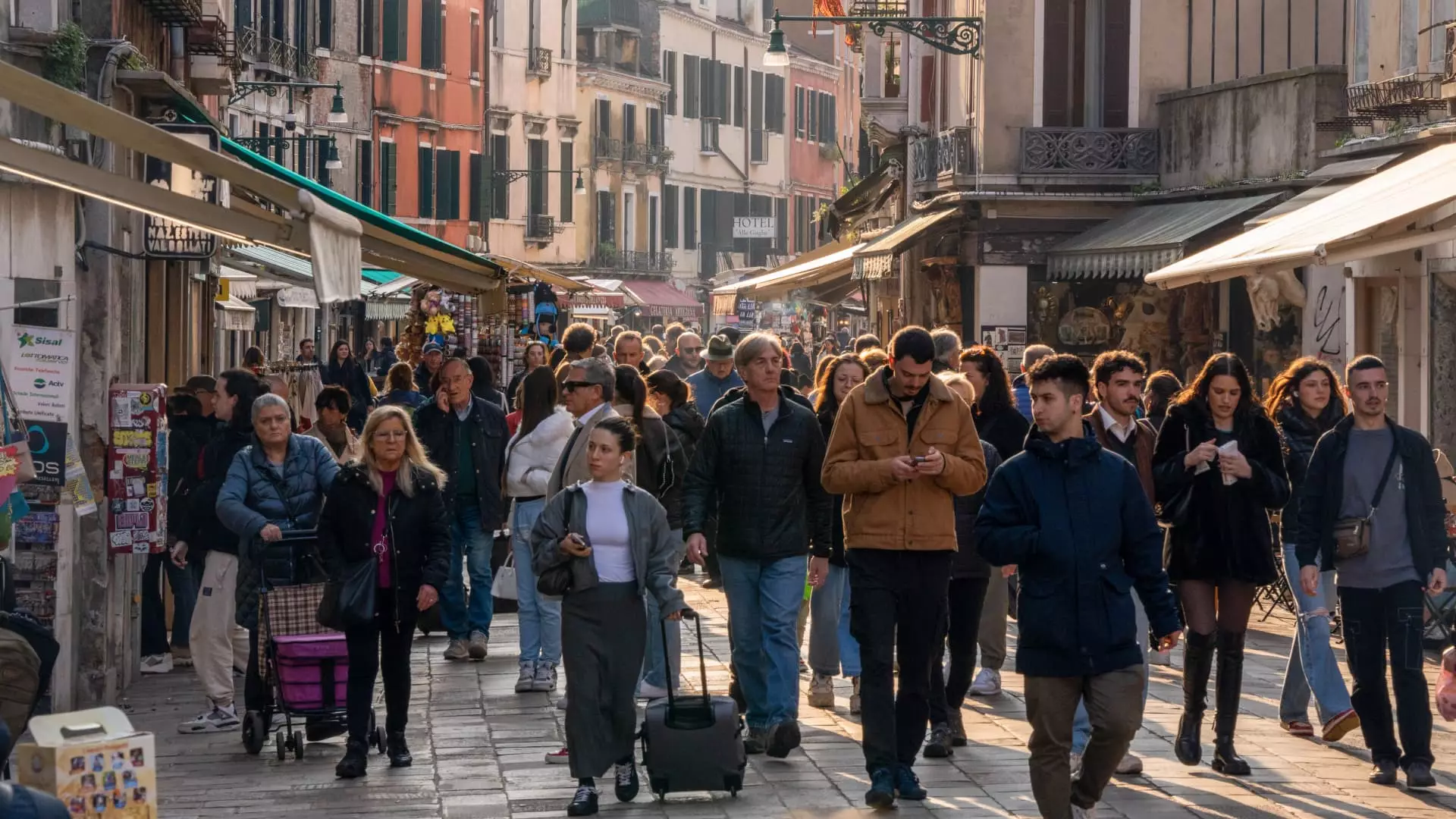Italy has always been a popular tourist destination, with iconic landmarks, beautiful landscapes, and rich history. However, the influx of tourists has led to overcrowding issues in some of the most famous cities and attractions. Boat drivers in places like Bellagio, Lake Como, have started to complain about the sheer number of tourists that flood these areas, causing traffic jams and making it difficult to navigate the narrow streets. This overcrowding not only affects the local infrastructure but also impacts the overall visitor experience.
While tourism brings in a significant amount of revenue for Italy, it also poses challenges in terms of managing the influx of visitors. Venice, for example, has implemented a fee for day travelers entering the city to mitigate the impact of overtourism. Additionally, attractions like Da Vinci’s “Last Supper” in Milan have limited access to prevent damage to the artwork. These measures highlight the delicate balance between welcoming tourists and preserving the cultural heritage of Italy.
One of the consequences of the tourism boom in Italy is the shortage of staff in the hospitality industry. Hotels, restaurants, and beach resorts are facing challenges in finding enough workers to meet the demands of the growing number of tourists. Regions like Marche and Sardinia are reporting shortages of chefs, waiters, and seasonal workers. This shortage not only affects the quality of service but also puts a strain on the local economy.
Getting around Italy as a tourist can be a daunting task, especially in cities like Milan where traffic congestion is a common occurrence. The limited availability of taxis and the narrow, crowded streets in places like Lake Como make it challenging for visitors to explore the area. Even ride-sharing services like Uber face restrictions in Italy, with only licensed taxi and limo drivers permitted to provide transportation services. This lack of accessibility can impact the overall travel experience for tourists.
Despite the challenges of overcrowding and transportation issues, Italy still offers relatively affordable options for tourists. Food and beverages, including local wines, are priced reasonably compared to other international destinations. Restaurants like Trattoria Milanese in Milan provide authentic Italian cuisine at affordable prices, allowing visitors to experience the local culture without breaking the bank. However, the cost of luxury accommodations and exclusive experiences for high-end travelers remains a significant expense in popular destinations like Lake Como.
While Italy continues to attract millions of tourists each year, the country is facing a variety of challenges in managing the impact of overtourism. From overcrowding and traffic issues to staff shortages and transportation constraints, the tourism industry in Italy is at a crossroads. It will be essential for local authorities and businesses to find sustainable solutions to ensure the long-term viability of tourism while preserving the cultural heritage and unique charm of Italy. Travelers can contribute to responsible tourism by being mindful of their impact on local communities and respecting the natural and cultural resources of the destinations they visit.

